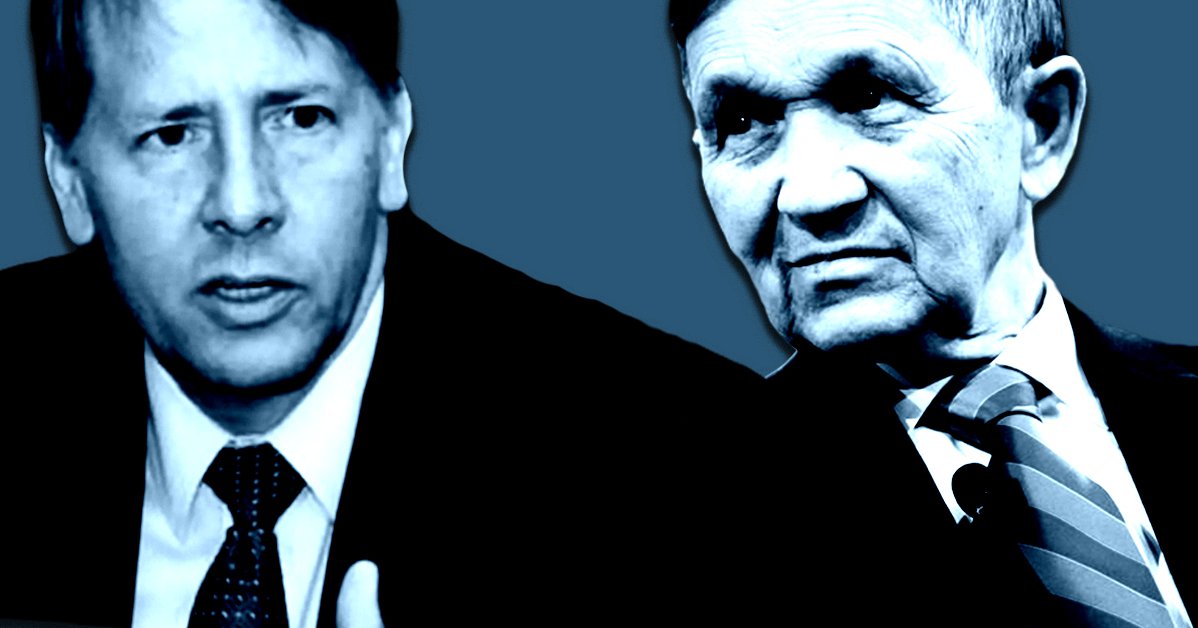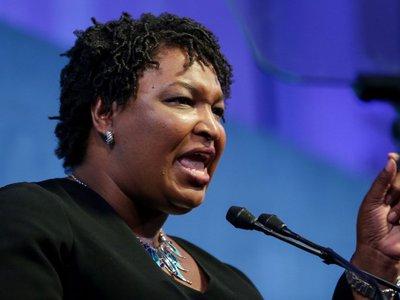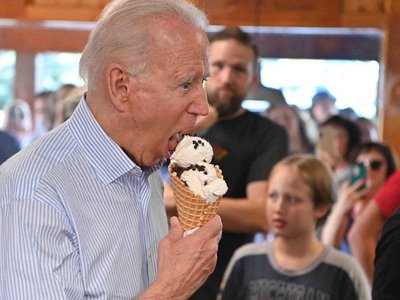With polls showing a tight race for the Democrat nomination one week before Ohio’s gubernatorial primary, Dennis Kucinich and Richard Cordray are abandoning the political center and desperately trying to out-left one another in hopes of attracting far-left primary voters.
The New York Times reports that the feud between Kucinich and Cordray has become a contest for “who has the truest claim” to the title of Ohio’s most liberal candidate for governor. While Cordray embraces the support of far-left Senator Elizabeth Warren and pushes for an increasingly radical campaign platform, Kucinich has received the backing of the Bernie Sanders-aligned Our Revolution group, making the primary what the Times calls a “proxy test” for liberals.
As they abandon centrism, embrace extremism and move further left to court radical liberal primary voters, Kucinich and Cordray continue to move further away from average Ohio voters, leaving a difficult path to run back to the center for whoever wins their party’s bitter primary.
Since the election of President Trump, certain conflicts have been inevitable for a Democratic Party asking itself how to win again: liberal or moderate candidates? Populist or pragmatist? Establishment or insurgent? But in the race between Mr. Cordray and Mr. Kucinich — one of the year’s most closely watched Democratic primaries — a more basic tension has consumed the collective left: Who has the truest claim to progressivism in 2018, when both candidates can credibly grab at the label?…
‘It’s hard not to be pulled into the vortex of Dennis Kucinich,’ said Nina Turner, a former state senator and the president of Our Revolution, a group that was formed out of Mr. Sanders’s presidential campaign and that has endorsed Mr. Kucinich. ‘He’s infectious.’
The Democratic primary has also doubled as an early proxy test for supporters of Ms. Warren and Mr. Sanders, two possible presidential candidates in 2020, and a peek at precisely what kind of figure can speak to today’s party base in a Midwestern bellwether.
…He is leaning heavily on support from labor groups like the Ohio Federation of Teachers and the Ohio A.F.L.-C.I.O., specking public appearances with protect-the-little-guy anecdotes from his watchdog role in the hope that voters will not mistake boring for moderate.
There is talk of task forces and pension protections, of government “being a force for good” again. He can appear most animated condemning an “ongoing war on local communities” from budget-slashing state officials. And, like Mr. Kucinich, he has proposed making community college free for all Ohioans.
Mr. Kucinich is, as ever, a less traditional case — Cleveland’s ubiquitous thrower of bombs, shaker of hands and enemy of animal products, now entering his second half-century in politics.
He can, however improbably. Mr. Kucinich has emerged as the most persistent threat to Mr. Cordray, the presumed favorite, spooking party officials who fear Mr. Kucinich would stand little chance in the fall. Primary polling has been inconsistent: One recent survey showed the race effectively tied…
But Our Revolution, the Sanders-aligned group, has held up Mr. Kucinich as a kind of progressive seer, who pushed ideas like tuition-free college long before they came into wider fashion, rallying behind the storm-the-castle populism familiar to admirers of both men.
Previously:







